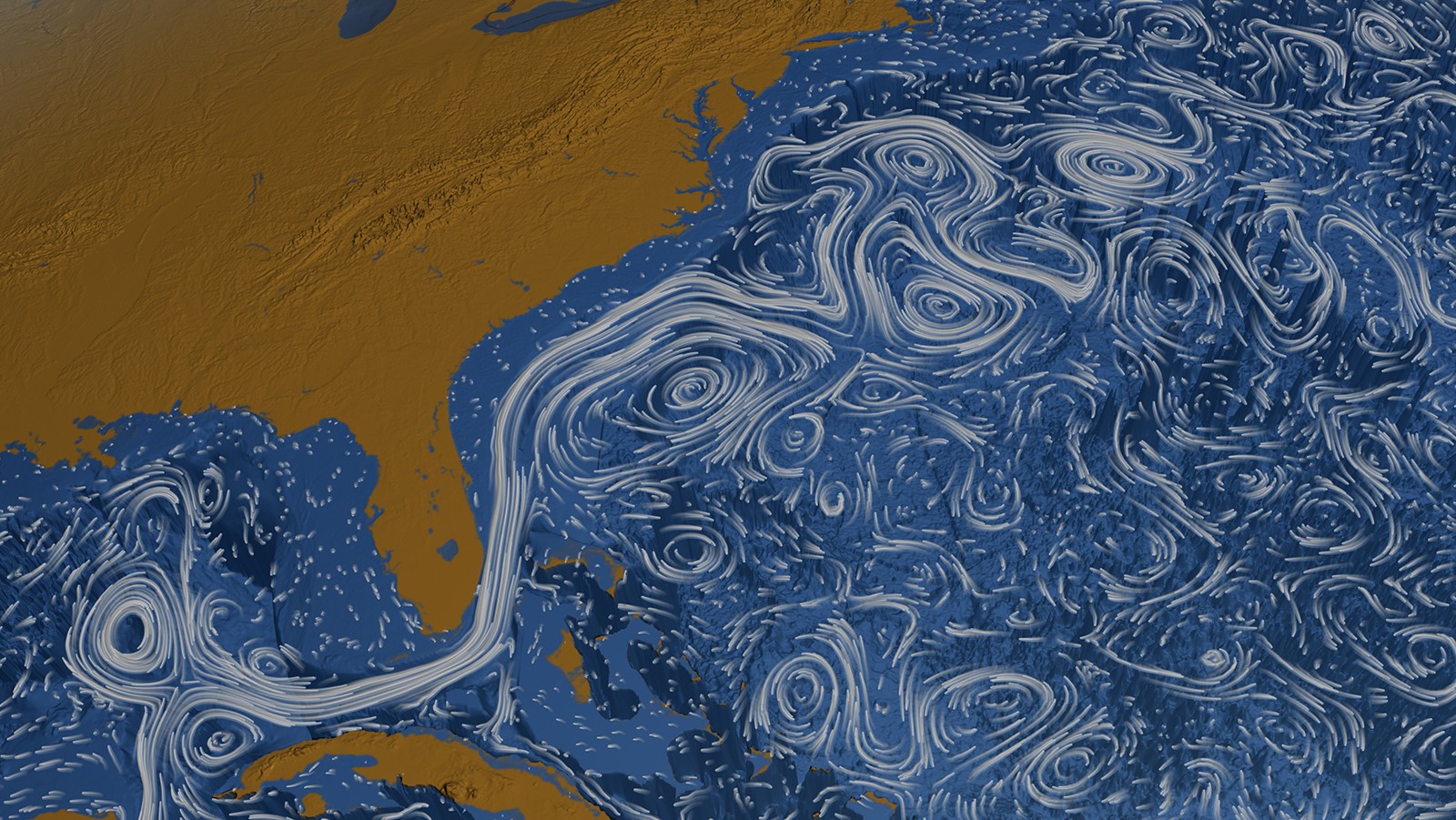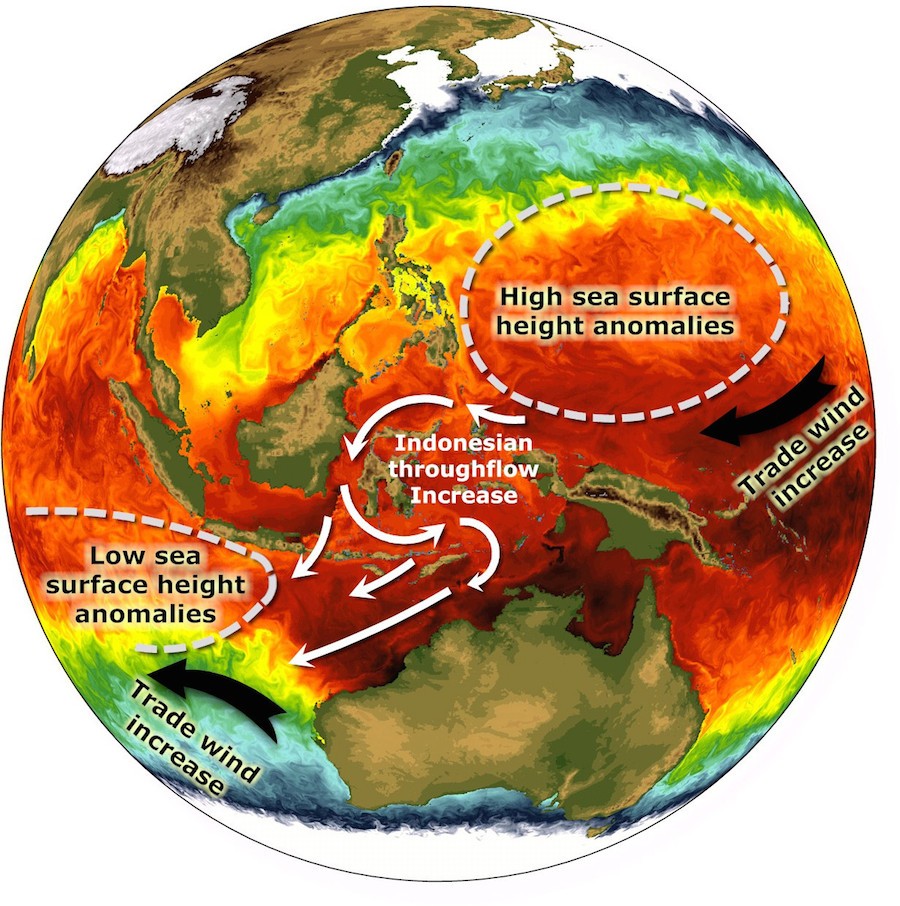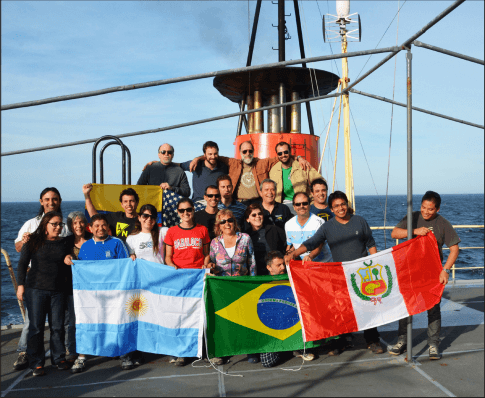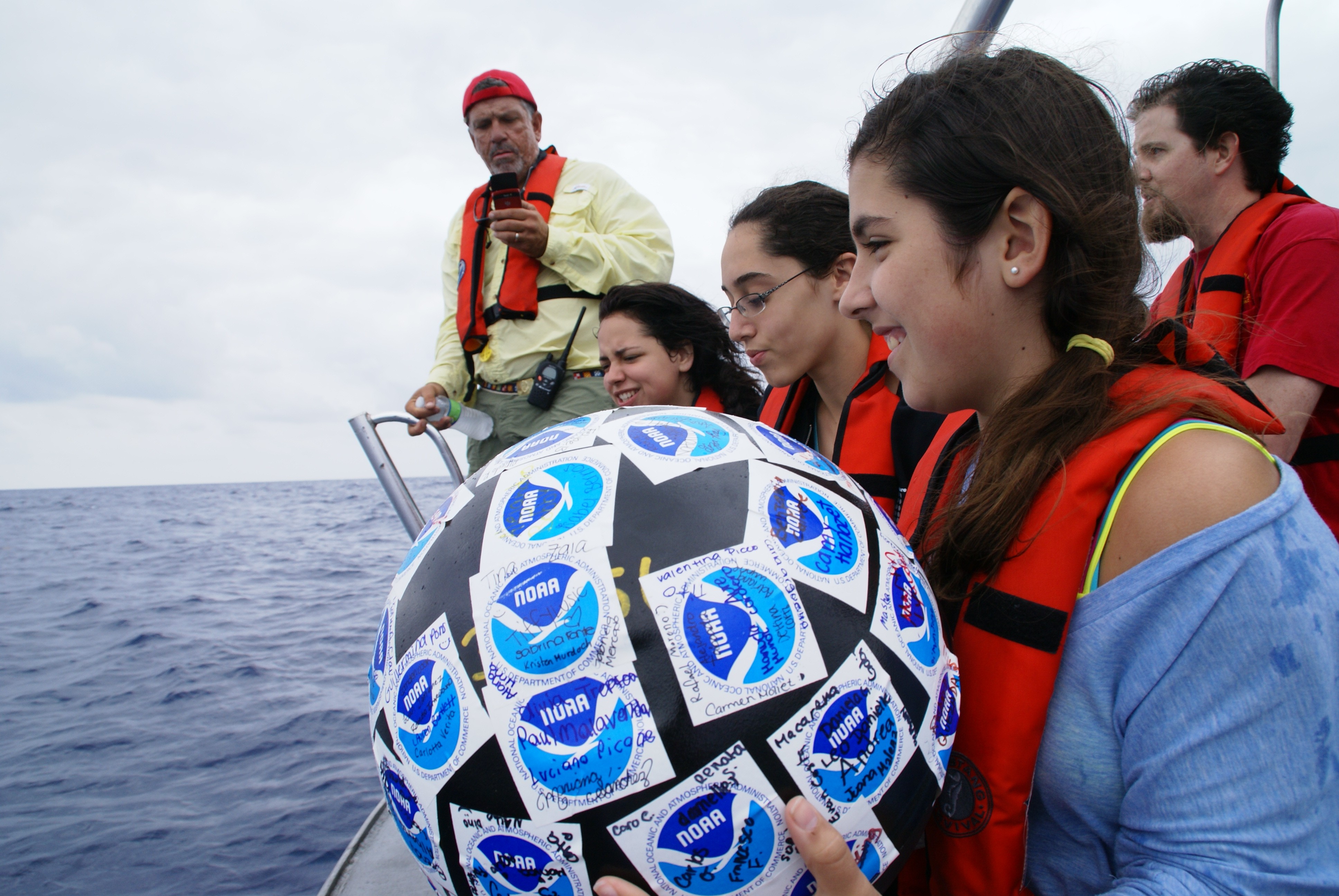New Research Showing Link between Florida Current and Pacific Ocean could Improve Sea Level, Climate Prediction
A recent study by scientists at NOAA’s Atlantic Oceanographic and Meteorological Laboratory (AOML) is the first to demonstrate that El Niño-Southern Oscillation (ENSO) temperature variations in the equatorial Pacific Ocean can help predict Florida Current transport anomalies three months later. The connection between Florida Current transport and ENSO is through ENSO’s impact on sea level on the eastern side of the Florida Straits, which plays a dominant role in the Florida Current transport variability on interannual time scales.





